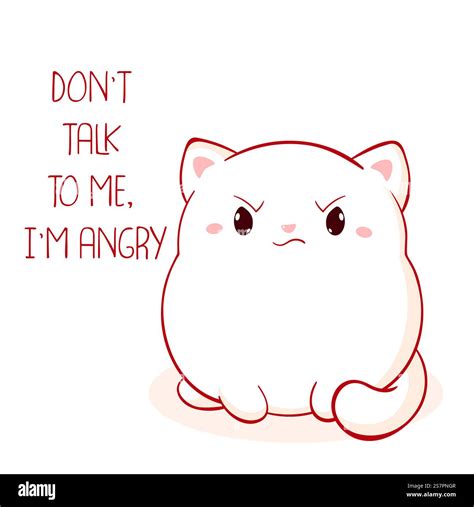Fashion is a constantly evolving landscape, and what was once considered gospel can quickly become a sartorial relic. While some classic guidelines endure, others have become more like suggestions, or frankly, completely obsolete. Today, we’re diving into one specific men’s style “rule” that, in our opinion, has long overstayed its welcome and deserves to be gracefully retired: the absolute necessity of perfectly matching your shoes and belt.
The Strict Match: A Relic of Formal Past
For decades, men were taught that their belt and shoes must be an identical match in color and, ideally, in texture. Brown shoes meant a brown belt; black shoes, a black belt. There was little room for deviation. This rule stemmed from an era of more rigid formality in men’s attire, where precision and adherence to established norms signaled respectability and attention to detail. In a world where suits and formal wear were the daily uniform for many, this meticulous coordination was a hallmark of good taste.

Why It’s Outdated in Modern Menswear
While there’s still a place for precise matching in highly formal settings, insisting on it for everyday or smart casual wear feels unnecessarily restrictive and, dare we say, a little stifling to personal expression. Modern menswear champions individuality, subtle contrasts, and an understanding of how different elements can complement each other without being identical twins. The rigid match can often look too “done” or overly prescriptive, lacking the effortless sophistication that contemporary style strives for.
Today’s style ethos embraces nuance. It’s less about ticking boxes and more about creating a harmonious overall look. Perfect matching can sometimes strip an outfit of depth, making it feel one-dimensional. Instead, current trends lean towards thoughtful coordination, where items work together in a complementary fashion rather than being identical copies.

Embracing the Art of Coordination, Not Identicality
So, what’s the modern approach? It’s about ‘coordination’ rather than ‘matching.’ Here are a few ways to update your belt and shoe game:
- Complementary Colors: Instead of exact matches, opt for shades that complement each other. For instance, dark brown shoes can look excellent with a rich tan or even a subtle olive belt. Black shoes still pair best with black belts, especially in formal contexts, but even here, texture can offer a subtle difference.
- Tonal Dressing: Explore different tones within the same color family. A lighter tan belt with darker tan shoes, or a charcoal belt with black shoes, can create visual interest without clashing.
- Texture Play: This is where things get interesting. A smooth leather shoe can be paired with a suede or braided leather belt in a similar (but not identical) color. This adds depth and character to your outfit.
- Casual Freedom: For casual outfits, the rules are even looser. Feel free to mix and match. A canvas belt with sneakers, or a leather belt with canvas shoes, can work wonderfully. The goal is to ensure the elements don’t actively clash and contribute to a cohesive aesthetic.
- Hardware Harmony: Pay attention to the metal hardware on your belt buckle and shoes (if applicable). While not a strict rule, aligning the metal tones (e.g., silver buckle with silver shoe hardware) can provide a polished, cohesive touch without needing perfect color matching.

The New Golden Rule: Intentionality and Confidence
Ultimately, the most important “rule” in modern men’s style is intentionality. Every choice, from your shoes to your belt, should feel deliberate and contribute to the overall statement you want to make. Don’t be afraid to experiment, trust your eye, and develop a sense of what looks good together. The strict matching rule, while once a helpful guide, now feels like a constraint on creativity and individual expression. Embrace the freedom to coordinate, contrast, and create a look that truly reflects you, rather than blindly following outdated dictates.




